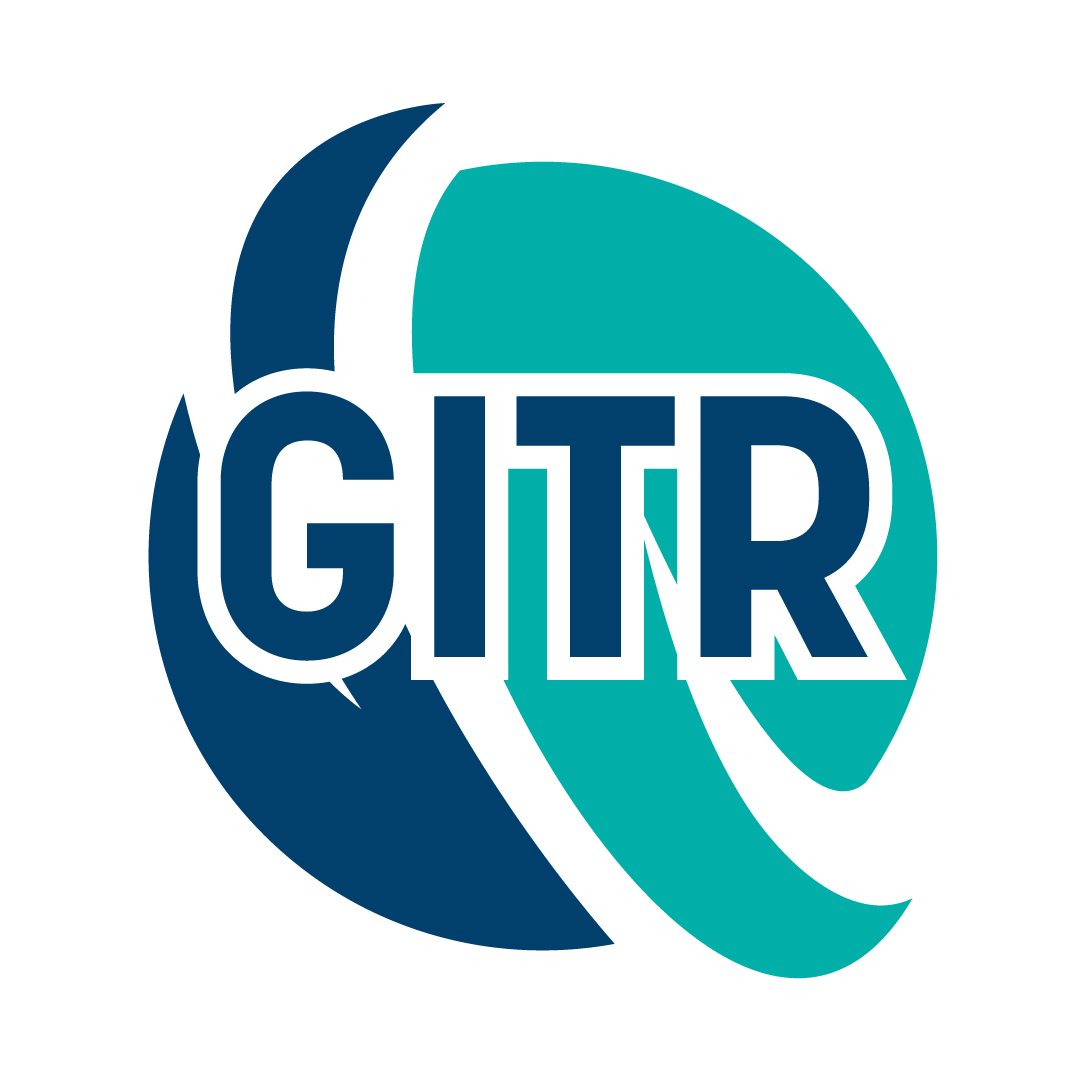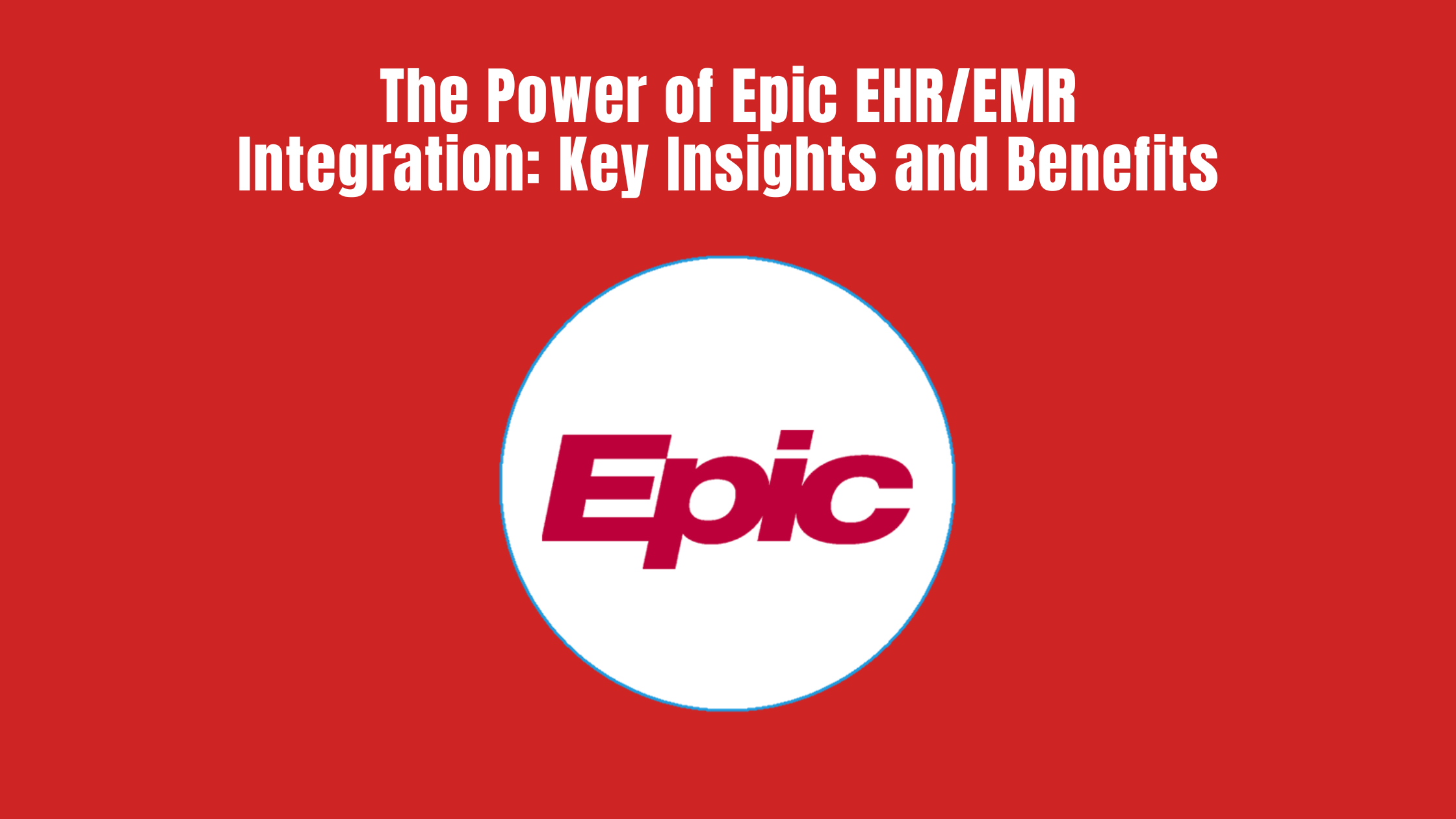
4 Best Practices for Rolling Out An EMR Implementation
Are you looking to transition your organization’s system to a new EMR? Here are the 4 best practices to take into consideration:
- Strong Leadership, Good Communications and Clear Goals
- Find an inhouse, or new staff employee who will take ownership of the project for the organization. Frequently, hospitals will outsource this key role, and that action will not enhance the prospect of success. Internal leadership has more skin in the game and ultimately, cares about the outcome. Add to this the appropriate clinical leaders and have them participate throughout the project to post go-live (this will aid divisional buy in).
- Always have a clear set of goals to assist in creating a successful project timeline, budget, and ultimately, positive implementation. Make sure the hospital prioritizes items that are critical for go live success. Ignore the extravagant nice to have requests until after the go live. The system can always be optimized to accommodate changes once a successful implementation is in place.
- Knowledgeable Healthcare IT, Infrastructure and Clinical Professionals
- Detailed knowledge and thorough experience of running an Epic EMR project is essential at most levels across the project. Each module implemented should have an SME (Subject Matter Expert) or Certified Consultant(s) to hand, to confirm utilization of best practices and system/workflow optimization.
- Additionally, many organizations put insufficient emphasis on the infrastructure component of the new EMR system. You will most probably need an upgraded infrastructure to coup with the majority of new EMR implementations. Things to double check on include the likes of: processing power, system availability, data storage capacity, network bandwidth, wireless coverage, data backups, failover policy and hospital/patient data security to name but a few of the most common issues.
- The whole project should be supported by the presences of well-trained/knowledgeable (preferably certified) Clinical Analysts who will be able to convert business requirements into system specifications.
- Utilizing and Integrating Stakeholders
- An EMR implementation requires more than the staff of an IT department, you will need the co-operation of most, if not all the internal stakeholders. They should be engaged in the financial decisions needed to progress the project and liaising with internal staff to promote adoption of the new system and its’ ongoing utilization throughout the organization.
- Data Transfer
- Transferring 100% of your data from your legacy EHR to your new EMR is near impossible. You will only be able to retain the more current/recent records, so your organization needs to make sure to put funding aside to archive the older medical records. Most organizations are not aware of this and end up having to fund their legacy EHR and their new EMR. Look to locate specialist vendors who can help extract all the older data into an archived storage facility that is well maintained, safe and secure place (HIPAA compliant).
Is your organization thinking about a new EMR, or considering replacing an out of date, functionally inferior EMR system? Talk to the experts at Global Healthcare IT, Inc. (GHIT). Our 20 years of healthcare IT experience, coupled with a stellar success in efficiently delivering EMR systems on time and to budget, make us the obvious choice to partner with. GHIT can provide Consultants, Directors and /or PM’s for any new project, upgrade, optimization or amalgamation of instances anywhere in the US or Canada. Call Nash Castle, Director of Business Development, at 562-249-8023 or email at ncastle@globalhit.com . For more information read this article here.
This article was created by Stephanie Sok, Business Researcher, and Michael Williams, CEO, at Global Healthcare IT, Inc. with assistance from the following base line articles:


